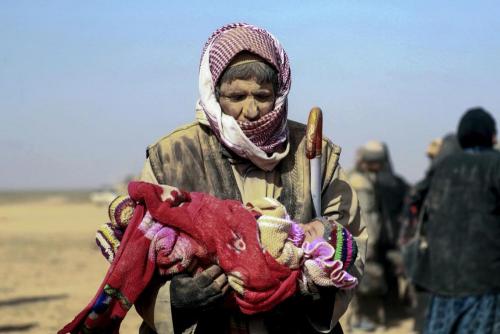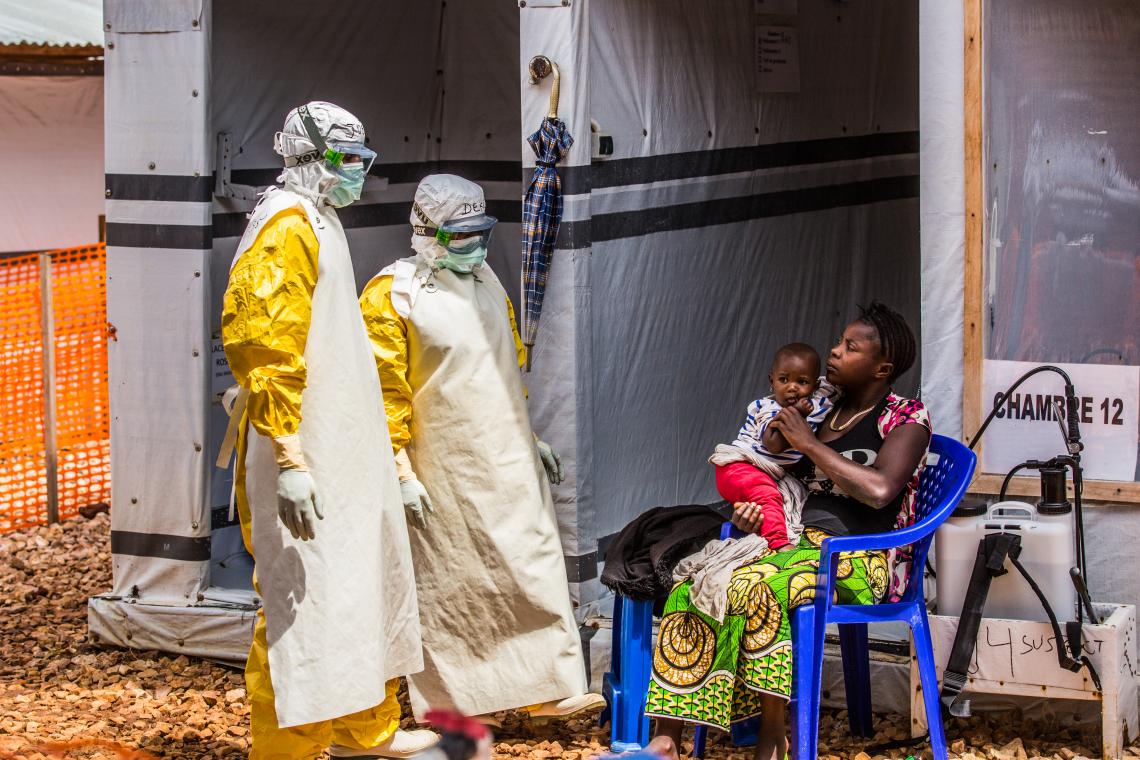Killing. Maiming. Abduction. Sexual violence. Recruitment into armed groups. As children across the world enter a new decade, they are leaving behind one that cost millions of them their childhoods, their dreams, even their lives.
Since the start of the decade, the United Nations has verified more than 170,000 grave violations against children in conflict. That’s the equivalent of more than 45 violations every single day.


















Add new comment